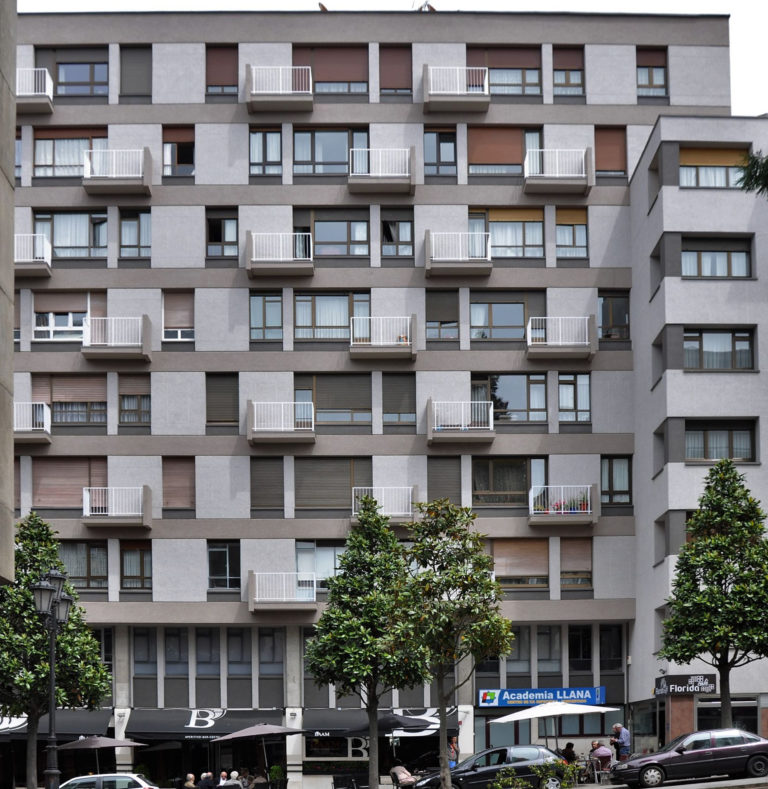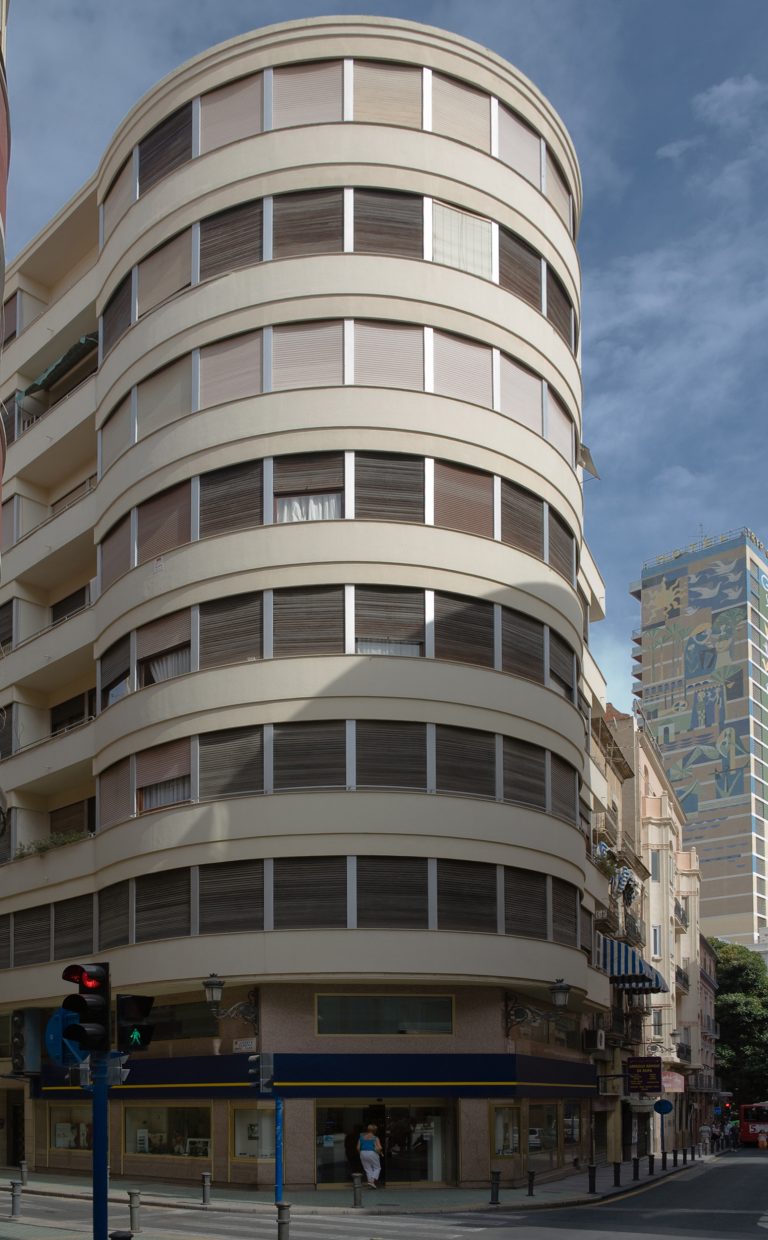Abstract
The object of this thesis is a detailed study of the work performed by the architect Vilanova Artigas in the city of Londrina. His importance is known in the formation and consolidation of Brazilian modern architecture, but, nevertheless, until today the buildings studied here were left in the background and was always been treated very superficially. The period to be studied – the late 40th and early 50th – was a moment of great importance in modern architecture in Brazil, which then has assumed prominence internationally and consolidated itself as easily recognizable one strand. This was also a crucial moment in the trajectory of Artigas. A series of coincidences gave him the tools he needed to promote a change in the direction of his architecture, embracing the modern ideals and abandoning any influence at once traditionalist who could still exist in his work. Among these events is of utmost importance it’s a travel to the United States, where he spent a year with a Guggenheim Fellowship, touring the country, making contact with the great masters of modern architecture and its global production. His time in city of Londrina starts immediately after his return, and it is evident the influence of his learning in this country that leaves a mark in his work. Moreover, Artigas experience here a change in the urban environment design, going from a very traditional city like São Paulo to a only 20 years old city with enormous desire for modernity. There is also a change from private clients and customers to public ones, which gave him more creative freedom, less limited budgets and fewer larger works. Another relevant issue is the increasing development of modern techniques in Brazil during this period, mainly of reinforced concrete. The main hypothesis raised is that the sum of these circumstances provided a unique moment to the architect, who took and used this freedom and new opportunities to transform Londrina into a “laboratory”, which tasted and experienced the elements and techniques of modern thinking, until he develops his own ideas, that would characterized his further production, while set the basis of São Paulo architecture characteristics. It is also of vital importance in the present study the influence Artigas left in the city. As noted, Londrina was a young city, still in formation, and the presence of a body of work of such importance, with the support that the name of Artigas already had, for many years directed the course of architecture in the city. To prove our hypothesis, the work was divided into three parts. At first it is a basic review of the beginning of modern architecture in Brazil, the main facts, figures and works that carried out the beginning of the movement. The second part is dedicated to Vilanova Artigas, presenting the relevant data of his biography, his participation in the formation of Brazilian modern architecture, his way of designing and political participation, which has always been known for. The third part is the focal point of this work. Here we present the urban environment where there are the works, the city of Londrina, and makes a thorough study of each building, using for it the the projects redesign and watchful eye to detail, trying to decipher each and every particular intention of the architect . In the conclusions, we present the results obtained, the confirmation or denial of the hypotheses, and the evidence that how that set of works studied had impact in later career of the architect, in the configuration of the Londrina urban profile, and the formation of the Brazilian modern architecture.
Access the thesis











